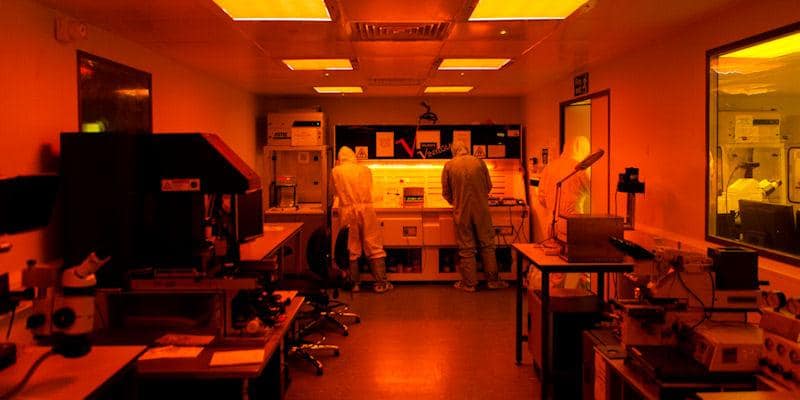Unlike existing devices, the detectors, developed by researchers at the University of Leeds, ETH Zurich and the University Paris Diderot, are capable of quickly and accurately measuring infrared radiation, even when operating at room temperature.

The devices, which are described in a paper in the latest issue of the journal Nature, could be used for more accurate environmental monitoring, according to Professor Giles Davies, pro dean for research at the University of Leeds' Faculty of Engineering.
“Many molecules will emit radiation just through their normal vibration in this frequency range, and so by being able to detect this radiation sensitively one could monitor for pollutants in the atmosphere, or the kinds of trace gases that might have implications for better understanding climate change,” he said.
Infrared radiation is emitted by any object at room temperature. When a light photon hits an infrared detector, it generates an electron, which will create a current in the presence of an electric field. In this way the photon’s presence can be detected.
However, the ambient temperature alone is enough to cause the detectors to generate an electric current, even without the presence of infrared light. This so-called dark current can be so large that it completely masks the photo-current.
To remove these thermally excited electrons, and therefore reduce this dark current, existing detectors must be cryogenically cooled. This makes them expensive and unsuitable for applications outside the laboratory, said Davies.
Those devices that do operate at room temperature, such as night vision googles, tend to be slow and imprecise, he said.
To reduce this dark current effect, the researchers patterned the surface of their detector with a grid-like array of tiny metallic patch antennas.
These structures are able to collect the light that hits the surface of the detector and focus the photons onto the active semiconductor area of the device, said Davies.




Glasgow trial explores AR cues for autonomous road safety
They've ploughed into a few vulnerable road users in the past. Making that less likely will make it spectacularly easy to stop the traffic for...